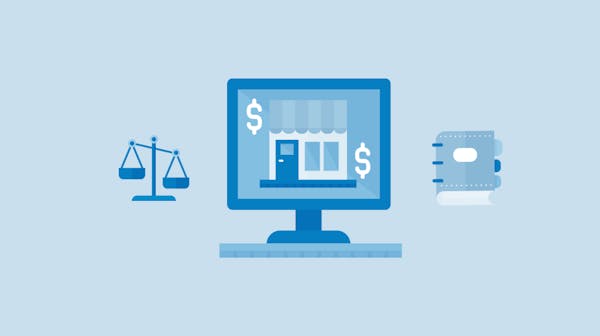A business plan is a very important document that every entrepreneur should draw up before starting a business. Do you know how to draw up a business plan and what it should look like?
A business plan will help you turn your goals into reality. It's a long-term strategy that informs where the business is currently and provides information on the steps you need to take to grow. It should include a business strategy and identification of key objectives. Individual employees should also be informed of the key objectives, as they cannot otherwise make efforts to achieve them.
When is a business plan needed?
A business plan should be drawn up before the start of any business and updates should be made thereafter. Primarily, a business plan is drawn up for the owner of the business, so that he or she knows what direction the business should take and what steps need to be taken to grow it. However, it can also be presented to potential business partners, shareholders, banks or investors if you aim to convince them to work with you.
What should be part of the business plan?
Whether you are putting together a business plan for yourself, a bank or potential investors, it should meet the basic requirements. The introduction page should contain the most important information such as:
- Business name,
- logo,
- the name of the business plan,
- contact details,
- company's registered office,
- date of incorporation.
The title page is followed by the content of the whole document, which makes the whole plan easy to navigate. The first to third level headings are included in the table of contents. This is followed by:
- the purpose of the document,
- summary,
- description of the undertaking,
- description of the business opportunity and product/service,
- the objectives of the business,
- competitive analysis,
- marketing and business strategy,
- financial plan,
- appendices.
In the section "purpose of the document" it is advisable to indicate for whom the business plan is drawn up and also whether it is a final or a draft version. The summary is meant to be a short description of the whole document. The aim is to make the reader interested in reading the whole document. This is followed by a description of the company, which should include the legal form of the business, how many employees the company has and its organisational structure. The description should also include the method of bookkeeping.
Description of the business opportunity and product/service
The description of the business opportunity is one of the most important parts of the business plan. Here you need to explain what you see as the opportunity. You need to focus on the competitive advantage and the benefit of the product/service to the customer. The specification of the specific product/service and the size of the market must not be missing. This may be a domestic or foreign market entry. Furthermore, the entrepreneur may be entering an existing market or filling a gap in the market.
For the product description, it is important to inform about technical parameters and materials. For services, on the other hand, it is necessary to mention what is needed to provide the service.

Objectives of the company
In this section it is important to convince the reader that the enterprise has defined objectives and is able to achieve them thanks to the professional ability of the management. Here the vision of the enterprise is first stated, from which the different objectives are defined. The objectives must be SMART, this abbreviation is derived from the initial letters of English words:
- specific,
- measurable,
- achievable - attainable,
- realistic - realistic,
- timed - time-bound.
The goal can be defined as follows:
"Within two years, the current turnover will increase by 20% and the company will enter the German market."
"Within three years, the net profit will increase by 30 % compared to the current level and the product range will be expanded to include a complete range of pet supplies."
Competitor analysis
Competitive analysis is very effective and beneficial for businesses. It is a good idea to break down the competition into major sub-competitors. Main competitors are those businesses that sell the same goods/services and operate in the same market. Secondary competitors (or potential competitors) are firms that do not yet sell the same or similar products, but this may change in the future. After identifying the main competitors, it is a good idea to focus on their strengths and weaknesses. It is good to be inspired by the strengths and, conversely, to take the weaknesses as lessons to avoid.
Marketing and business strategy
Marketing serves to achieve the company's objectives and create a sustainable competitive advantage. It includes everything from determining who your customers are to deciding what channels to use to reach that target group and what form of communication to choose. A marketing strategy can be used to define the company's place in the market, who to partner with or what type of promotion to choose. Defining a marketing strategy is the basis for the success of any business.
A marketing strategy provides the guiding principles for many organisational decisions, such as hiring new employees or developing new products. It refers to all the decisions made and actions taken to achieve a broader vision. It is the business strategy that is the backbone of any business and any shortcomings can mean that business objectives will not be achieved.
Financial plan
A financial plan helps determine whether a business plan is feasible. It is an integral part of the overall business plan and consists of three financial statements - a cash flow statement, a profit and loss statement and a balance sheet.
Attachments
Annexes may include other documents that are relevant to the business plan. These may include:
- photographs of products,
- technical drawings,
- detailed analyses,
- CVs,
- extract from the commercial register,
- contracts.




